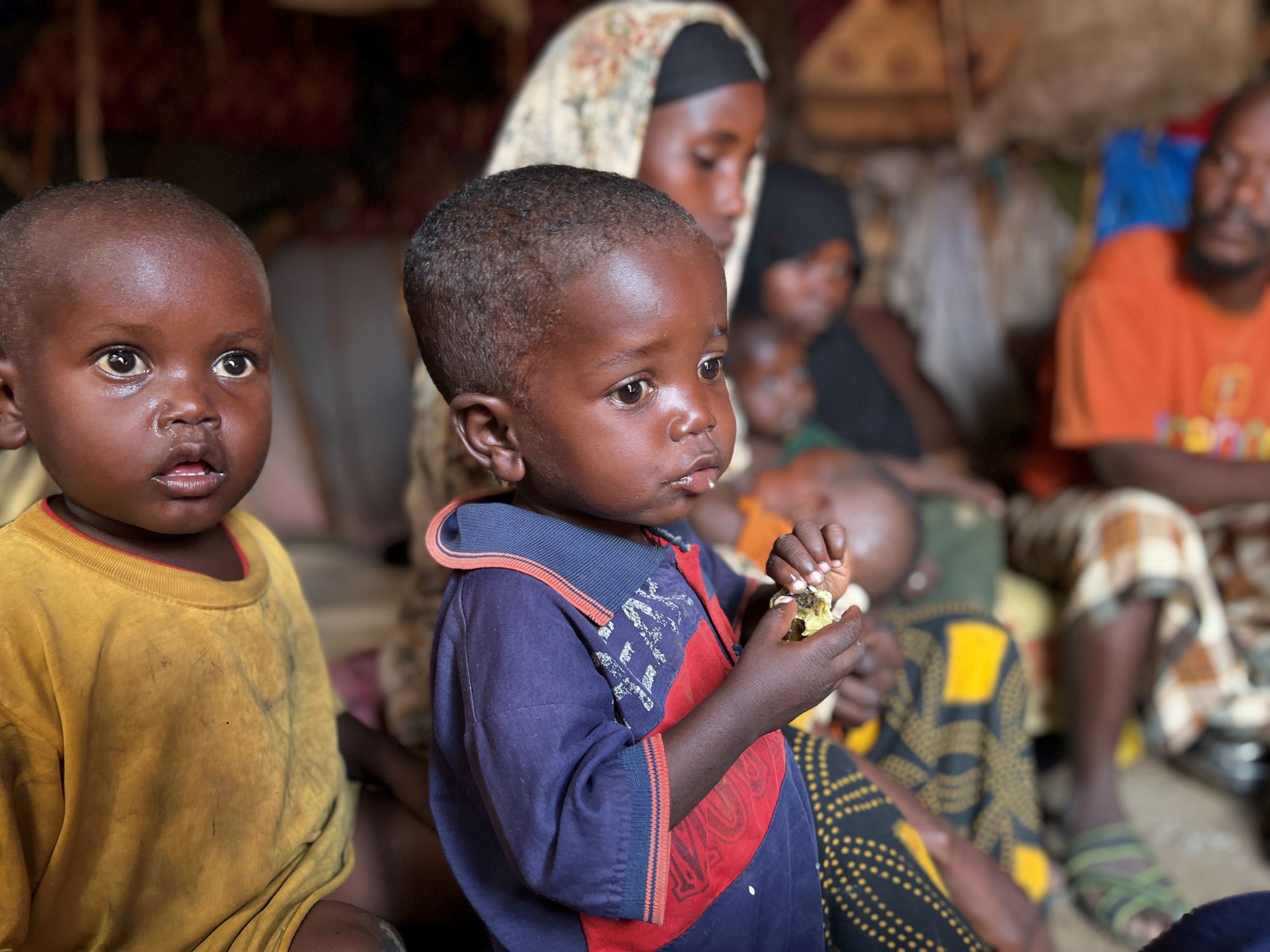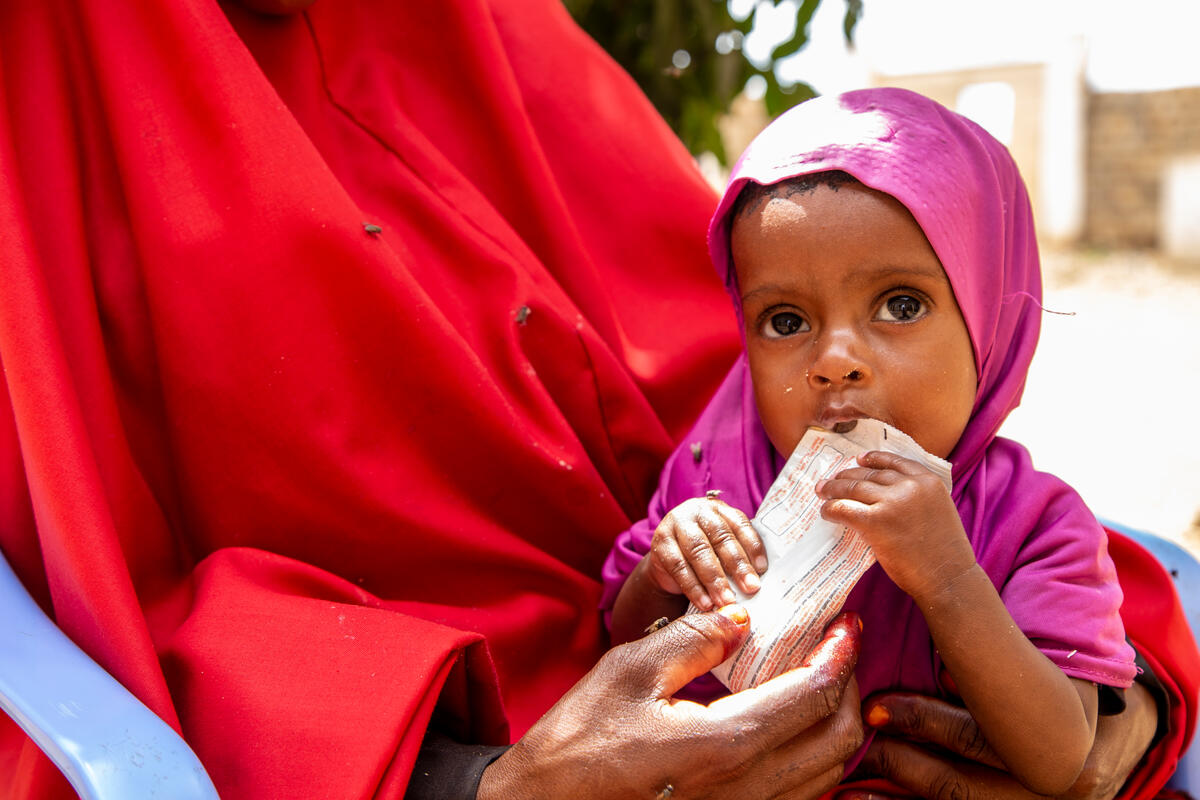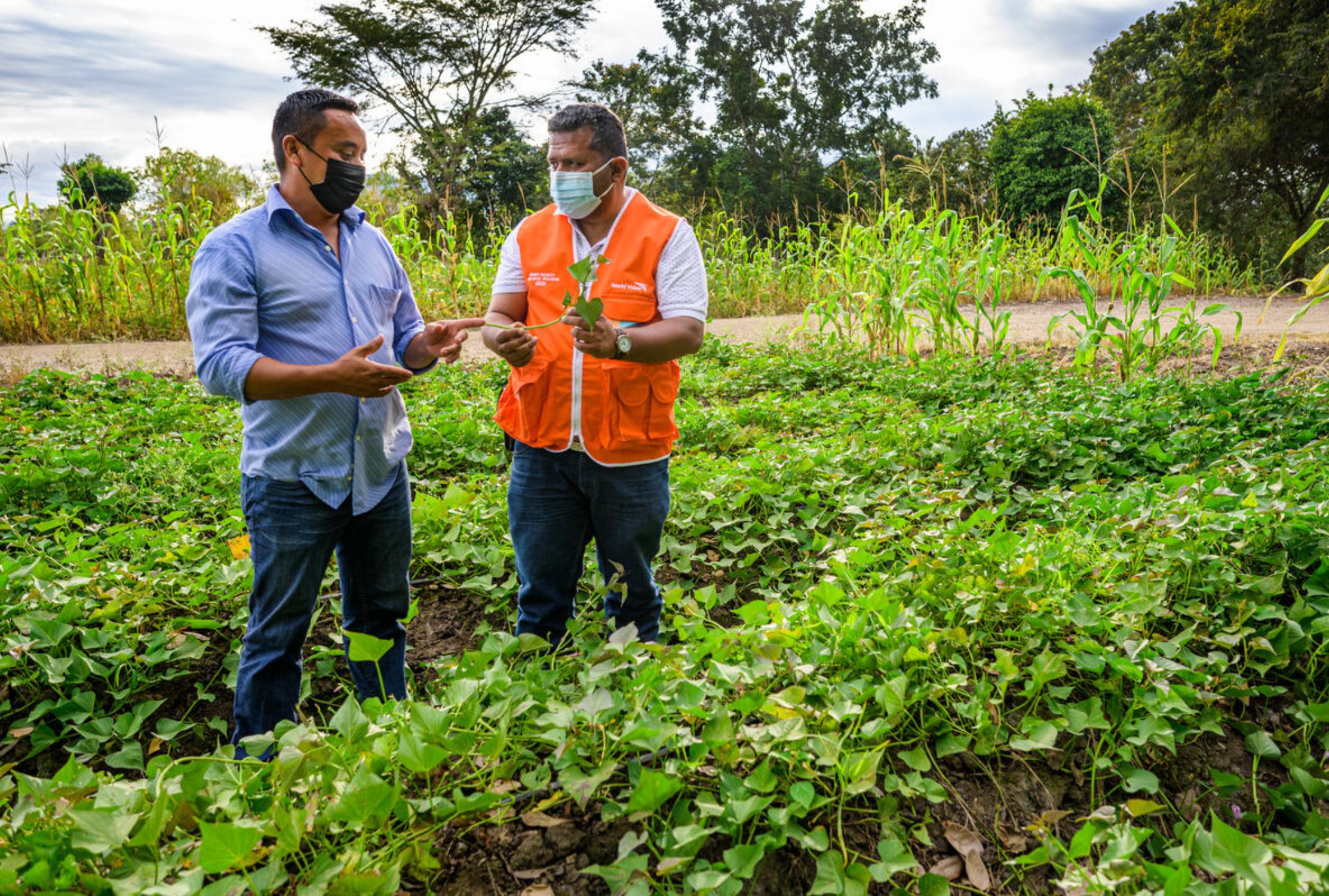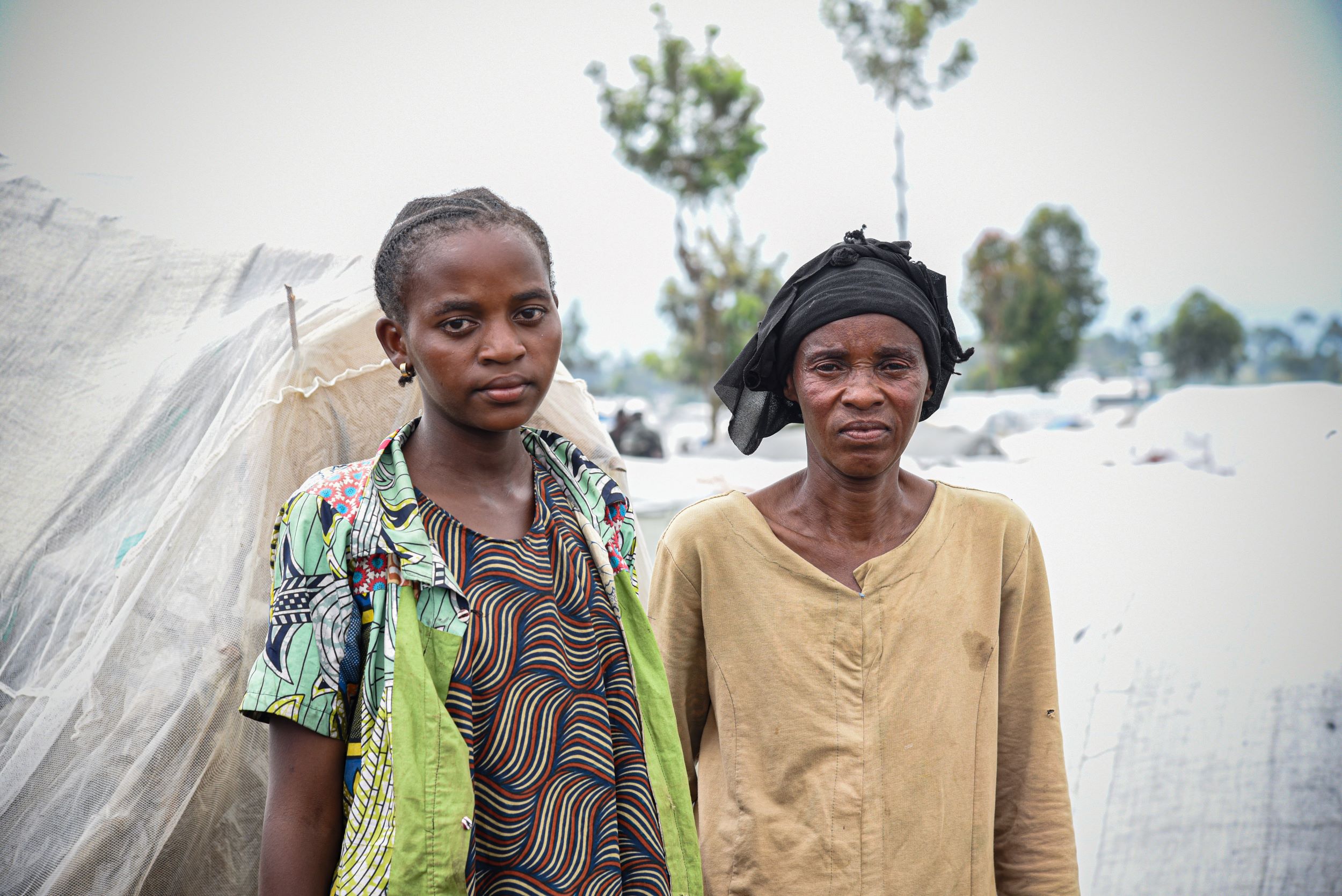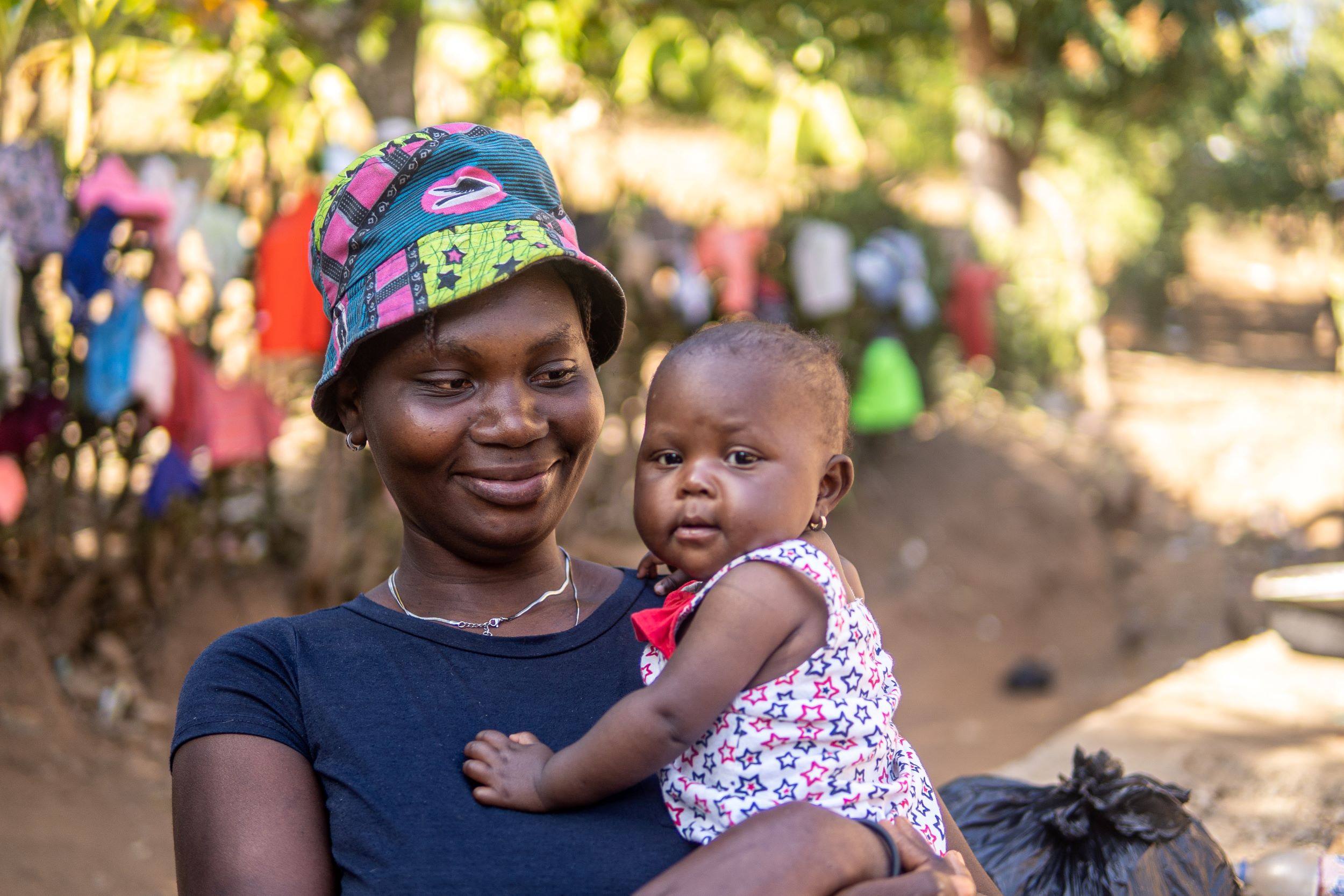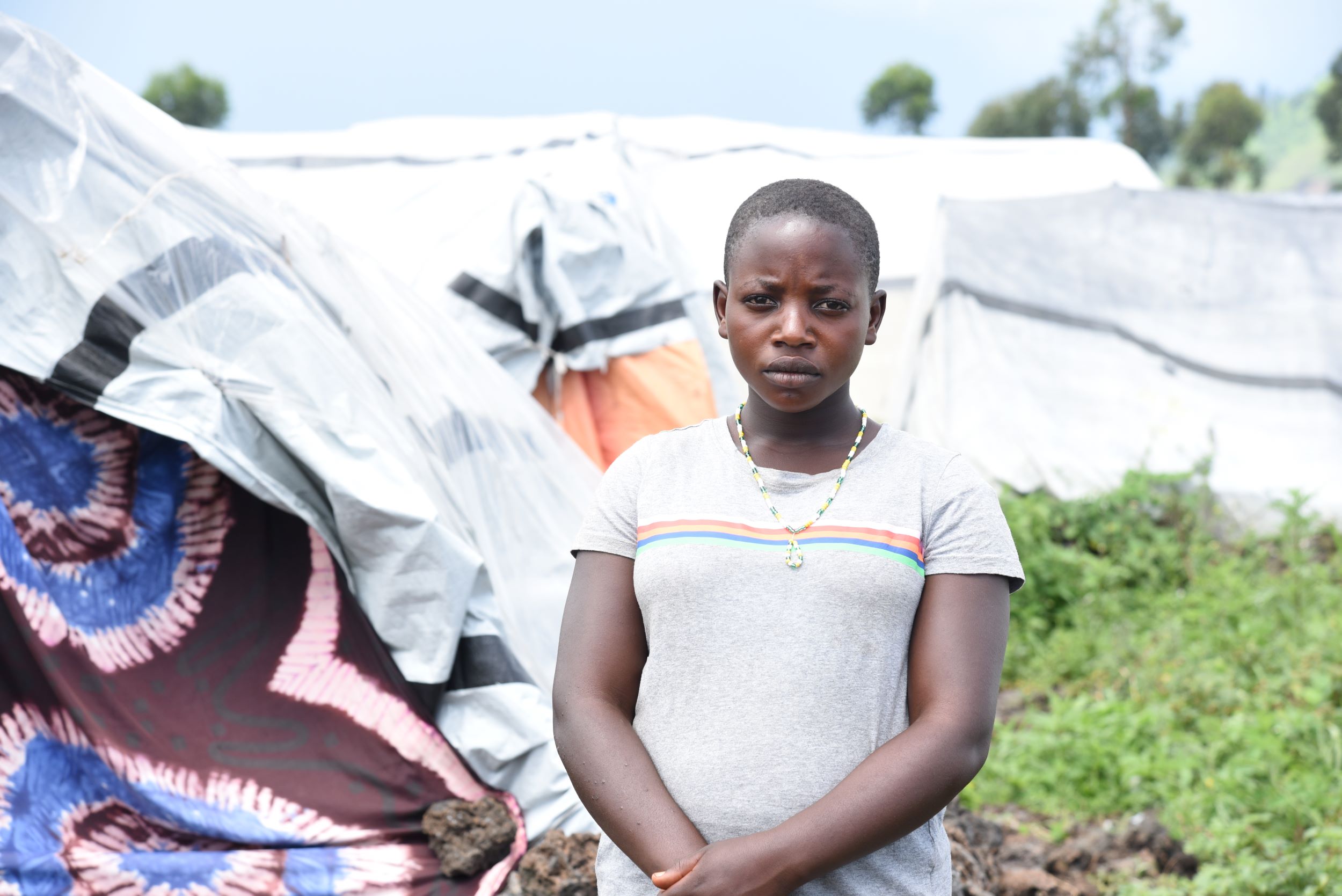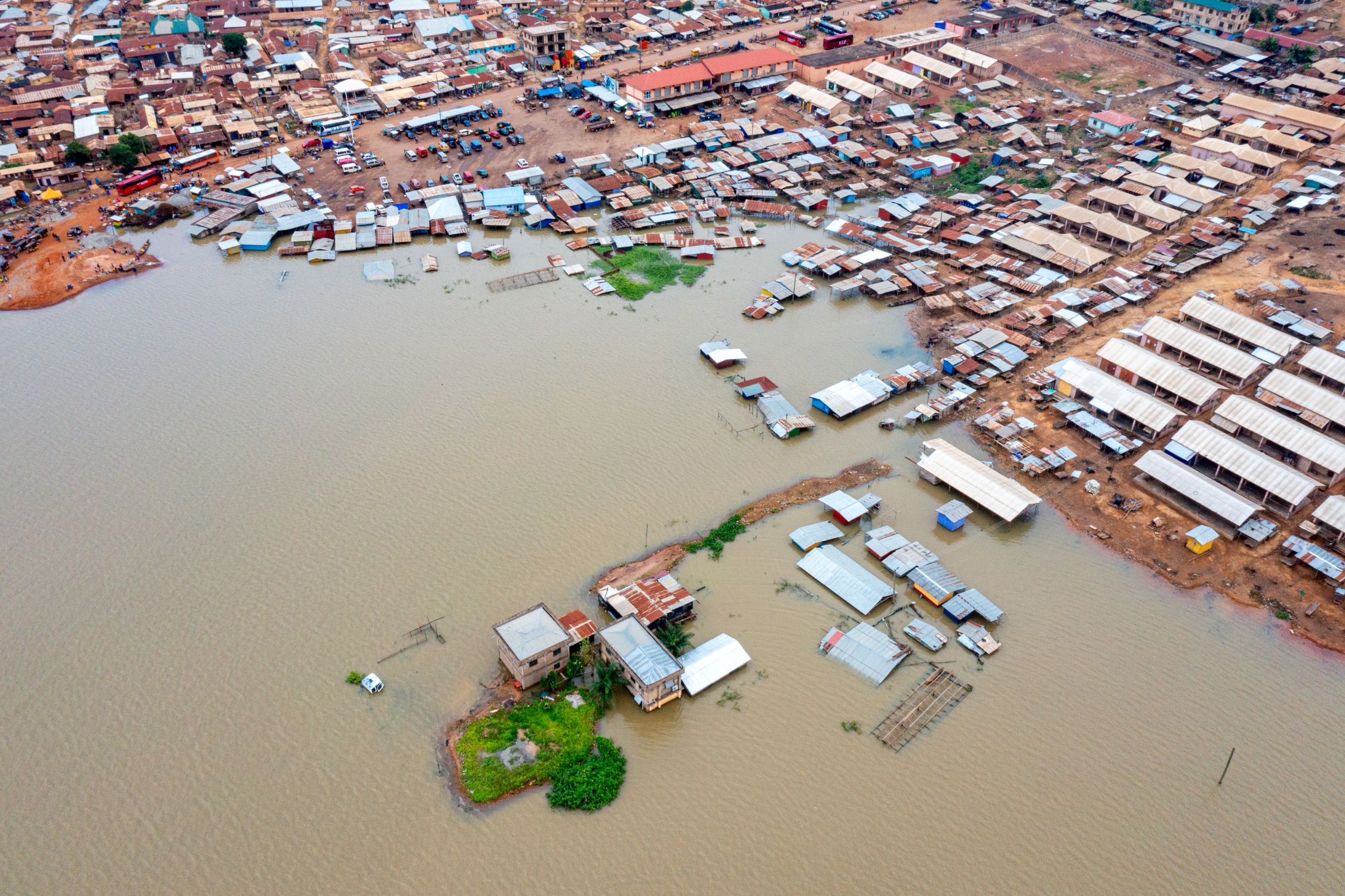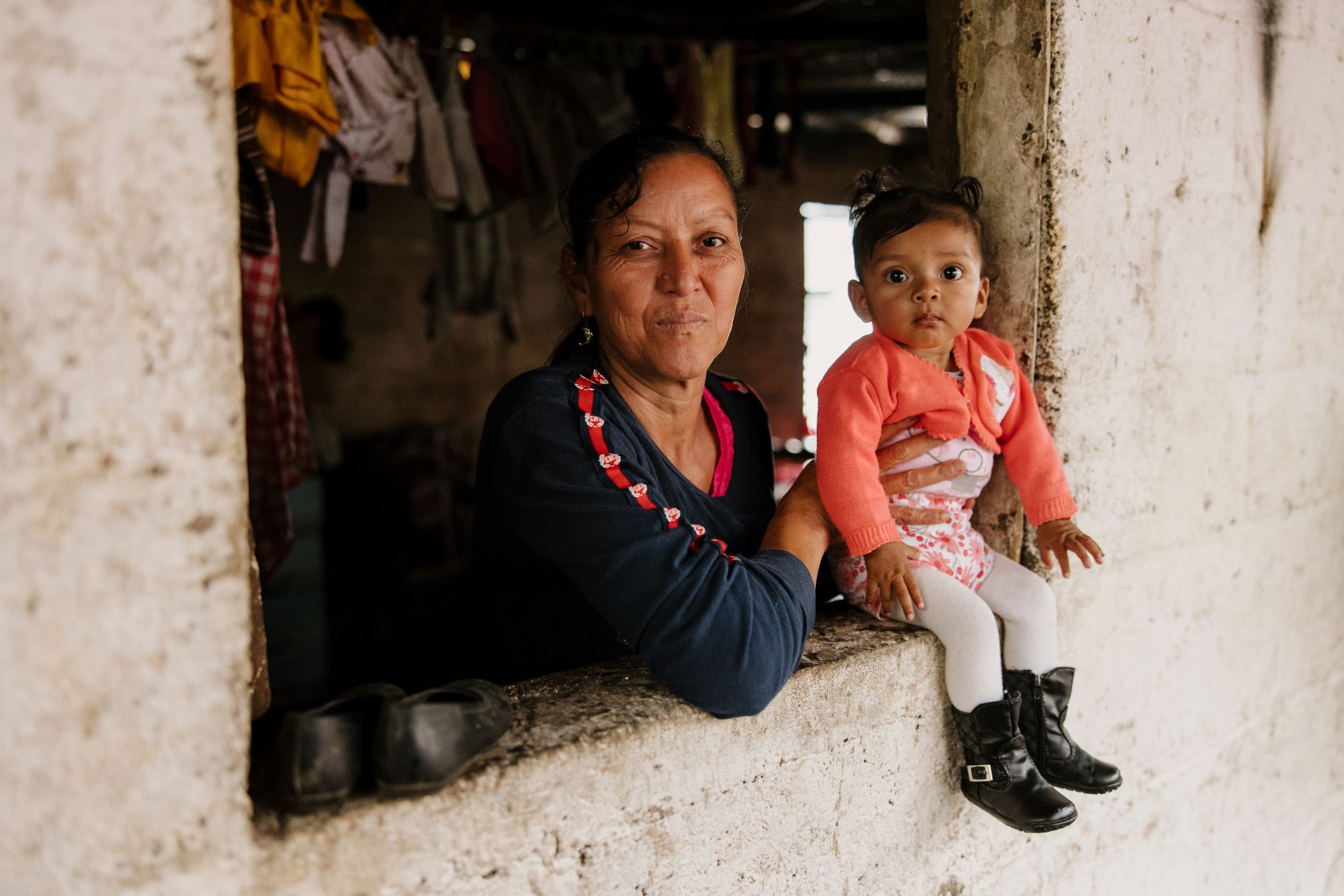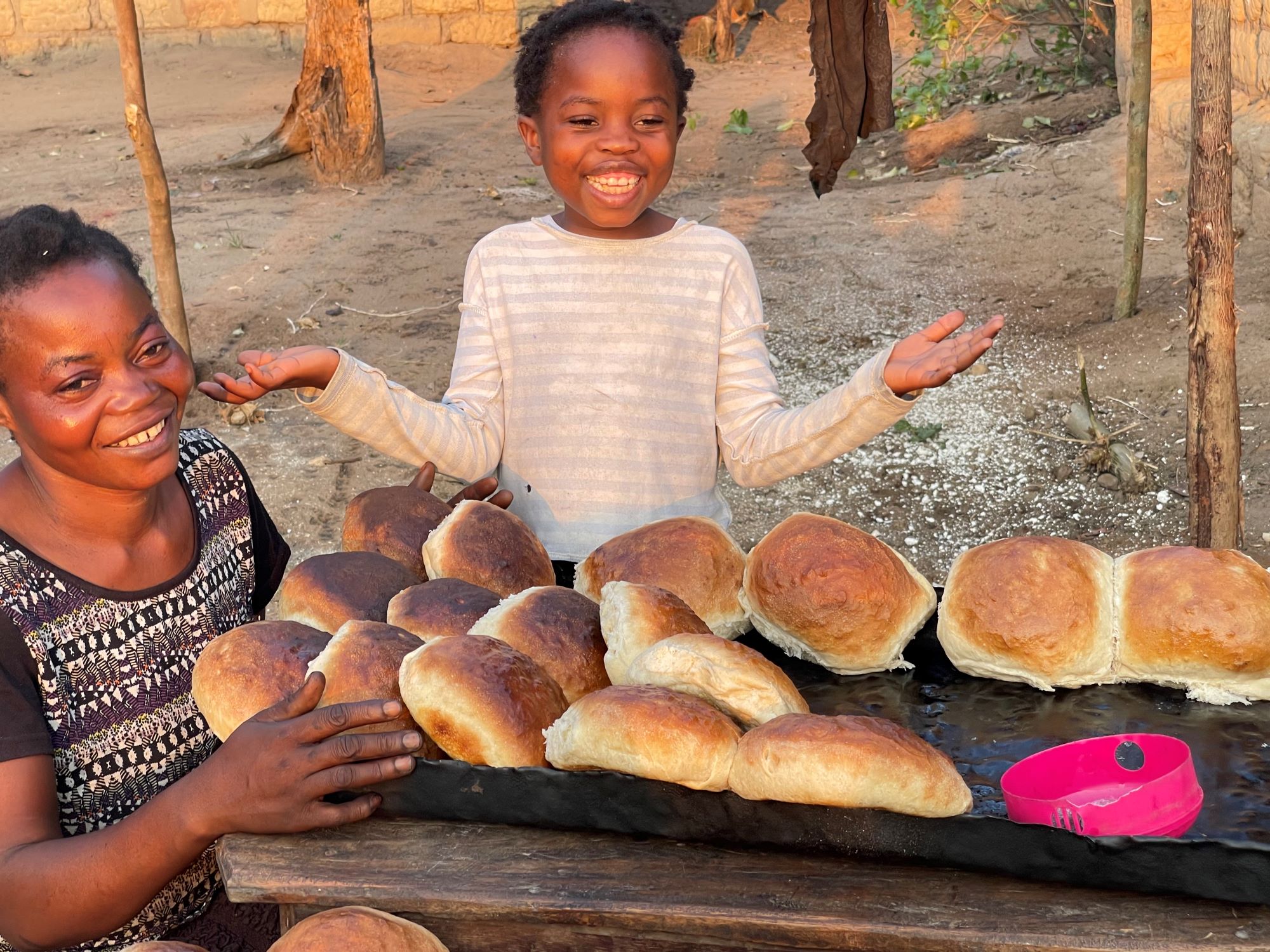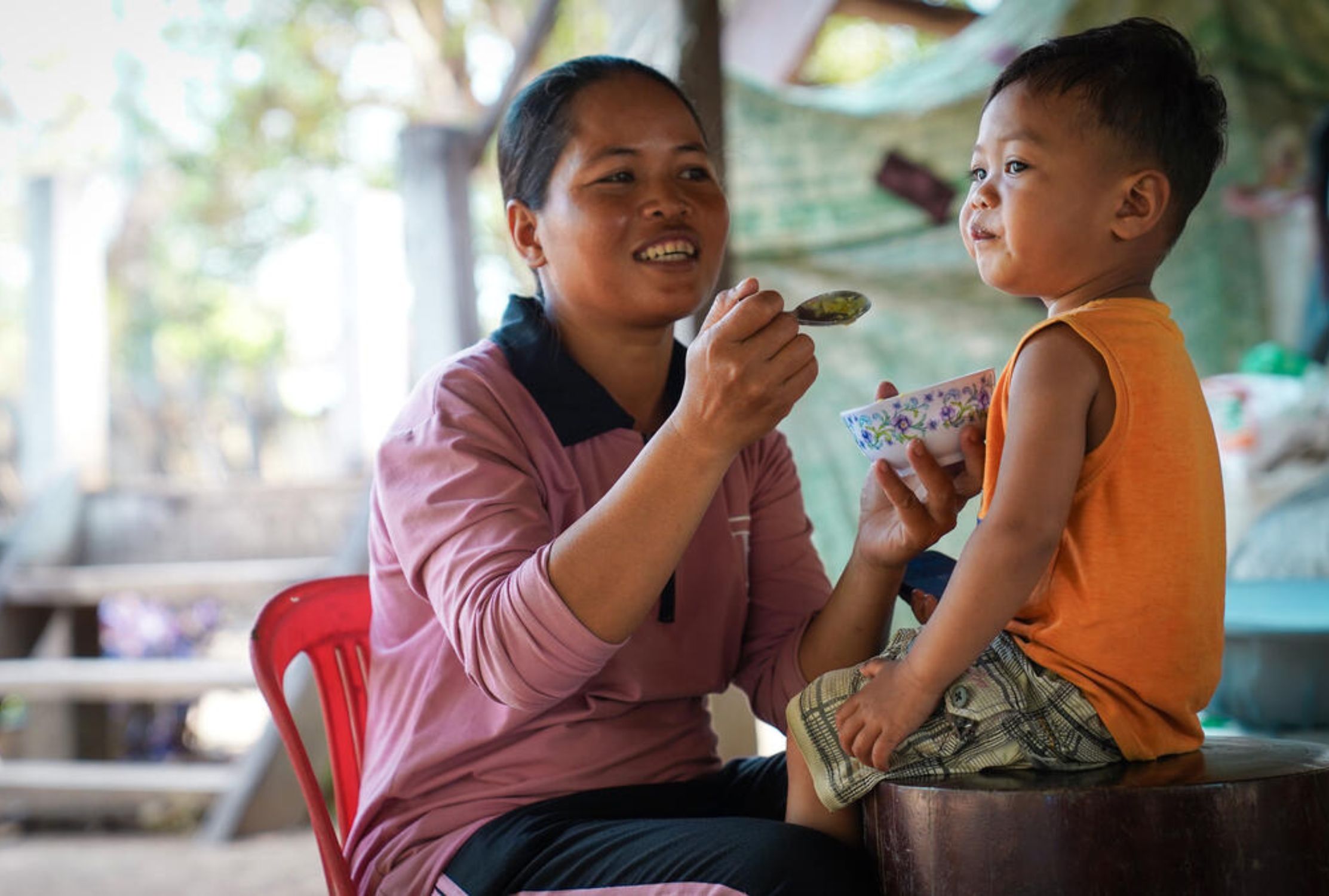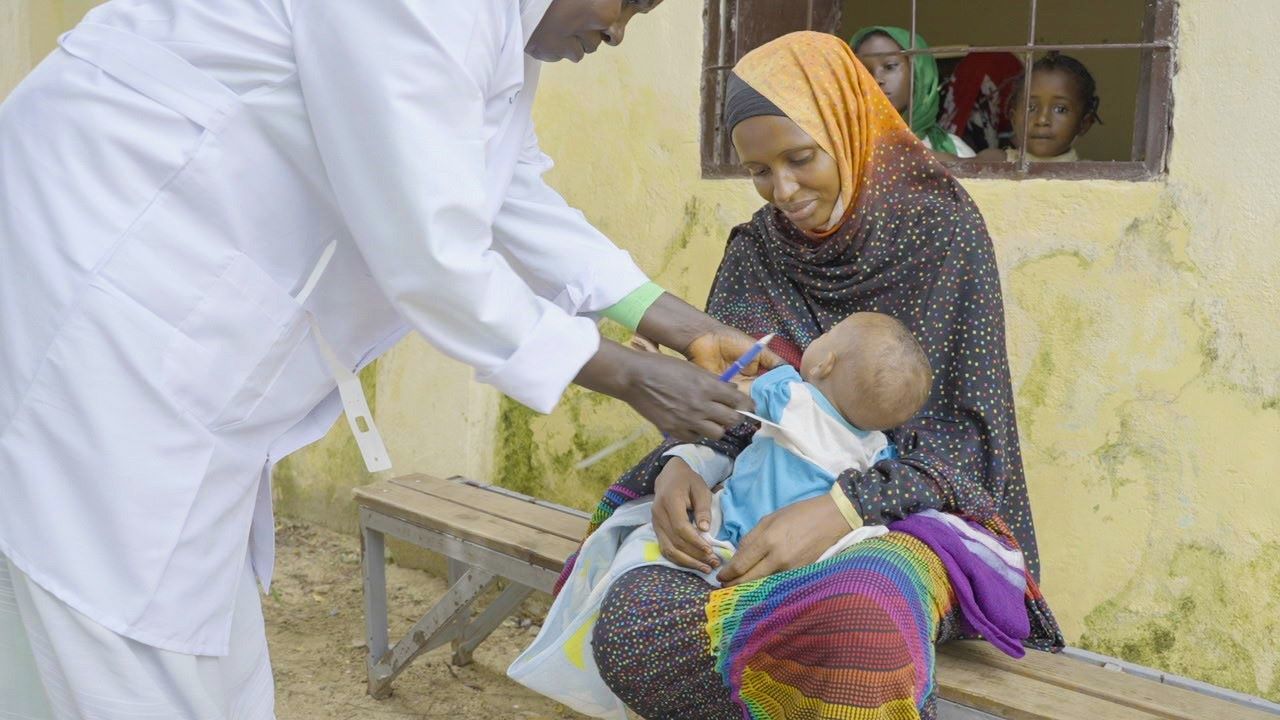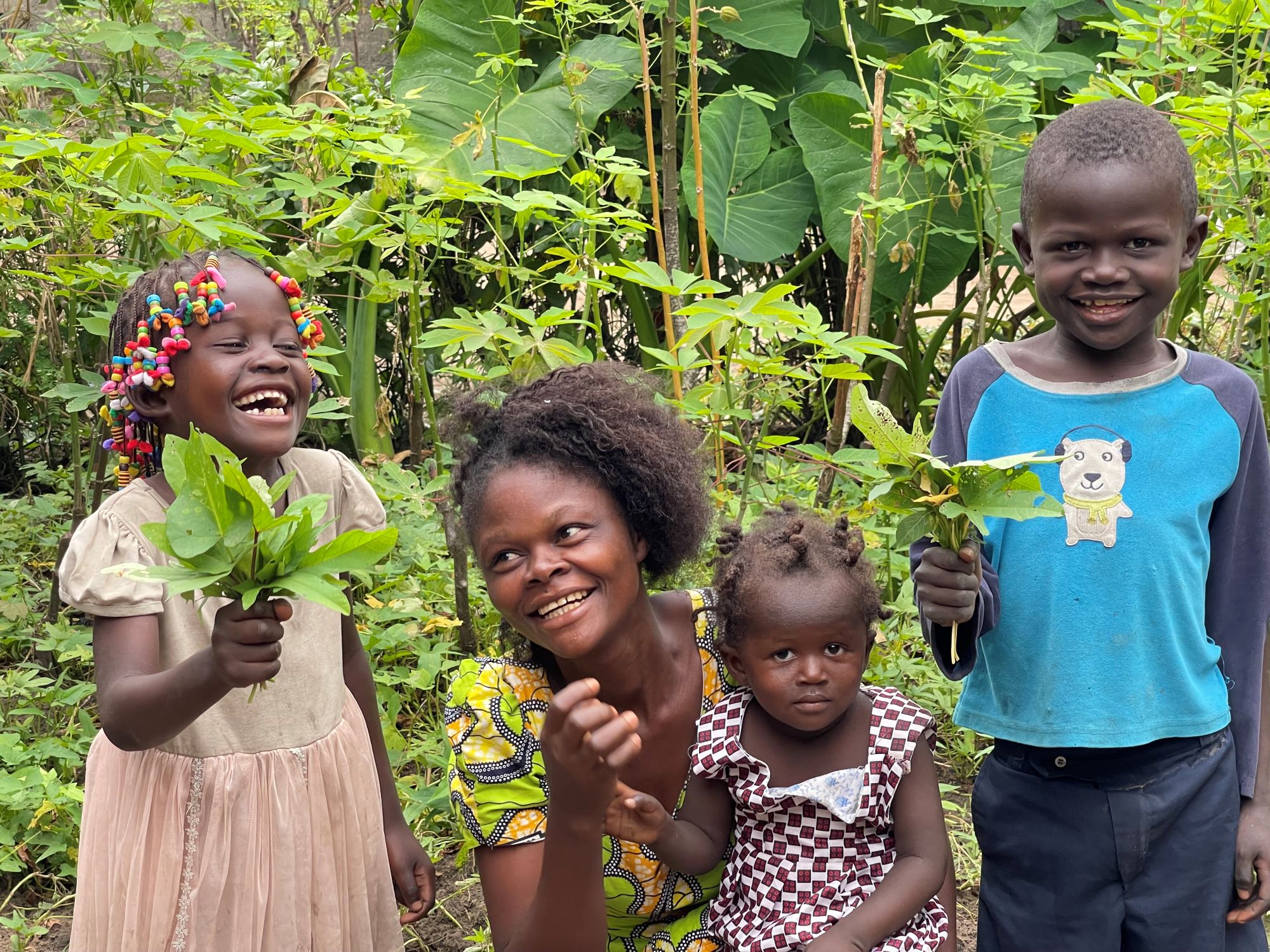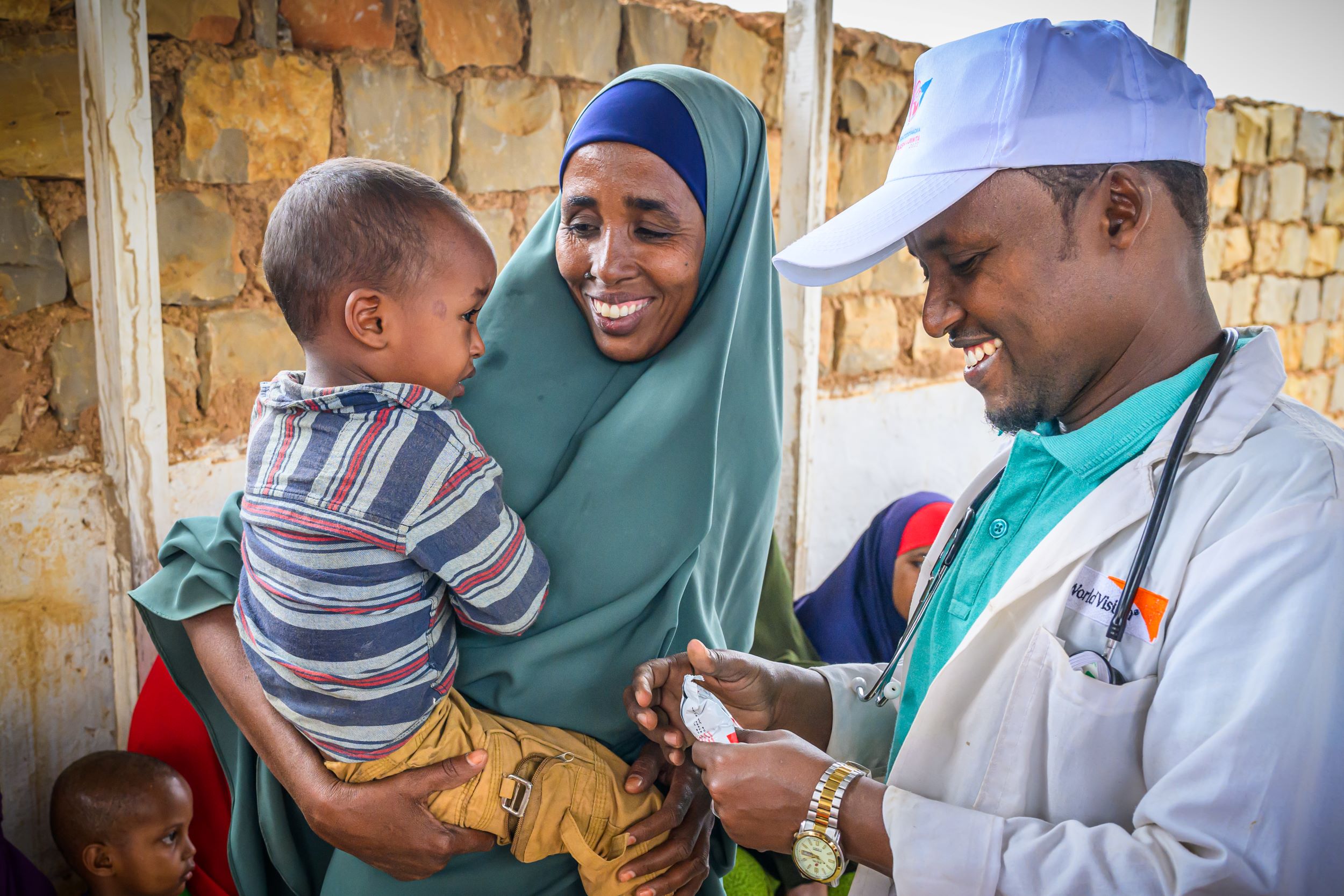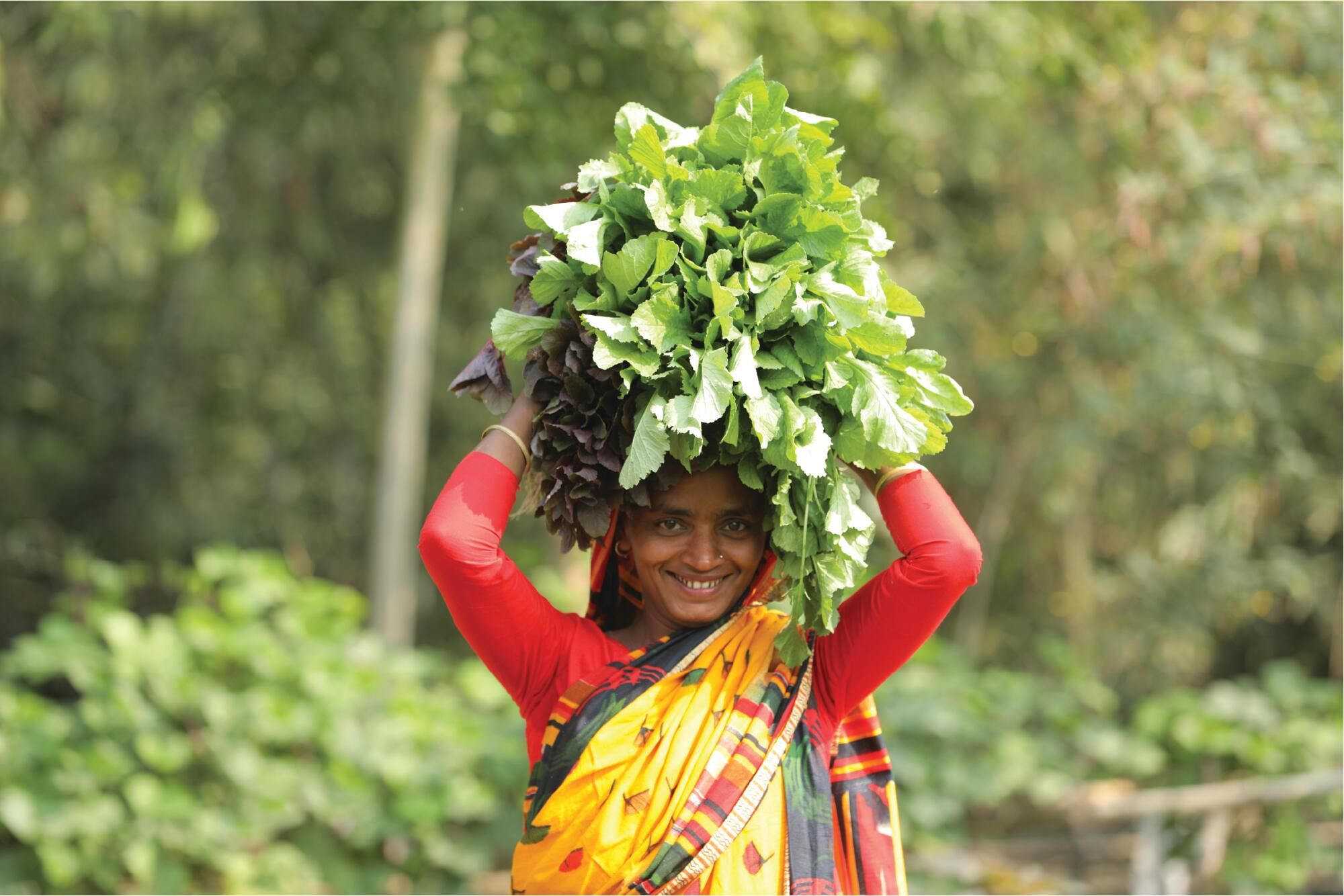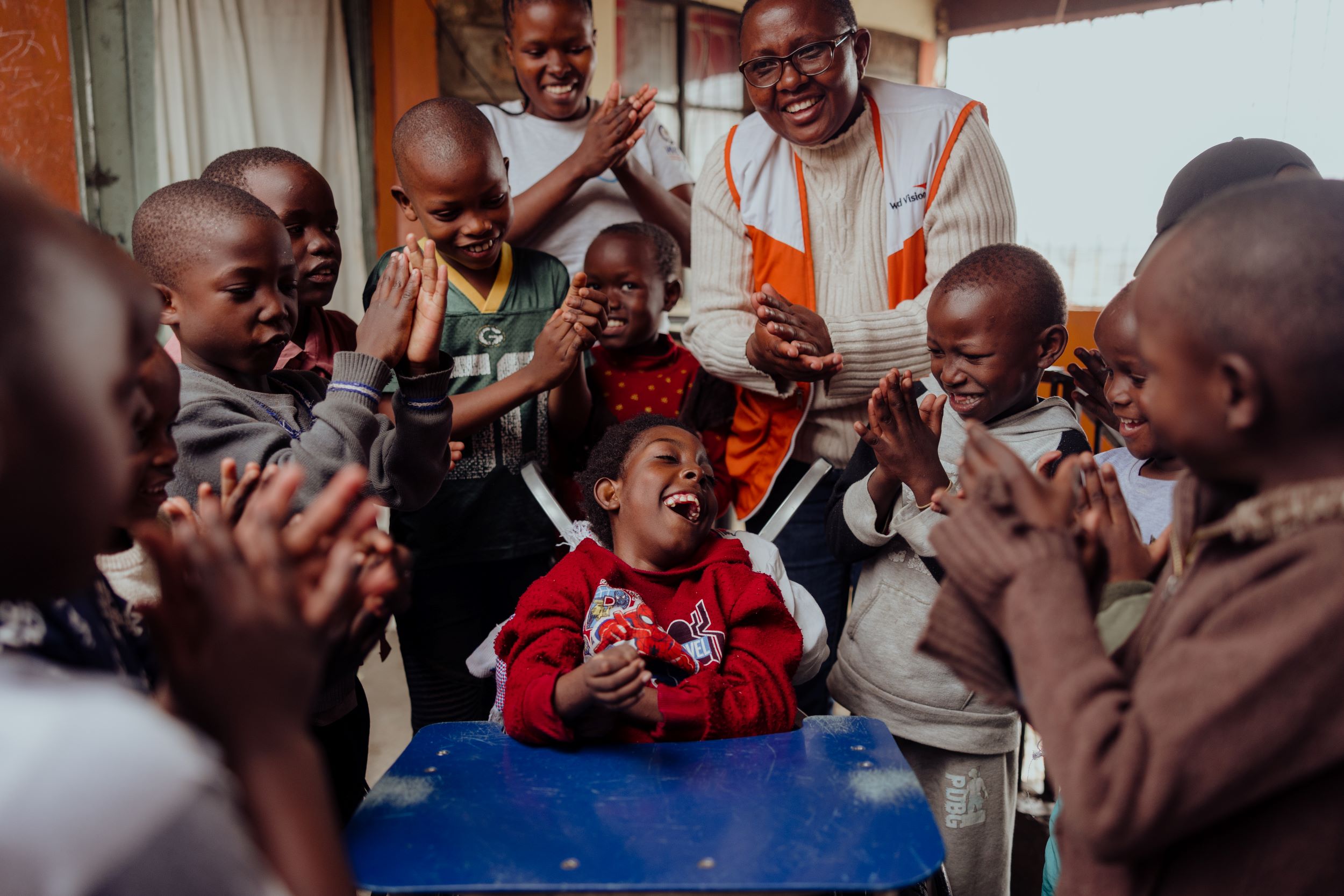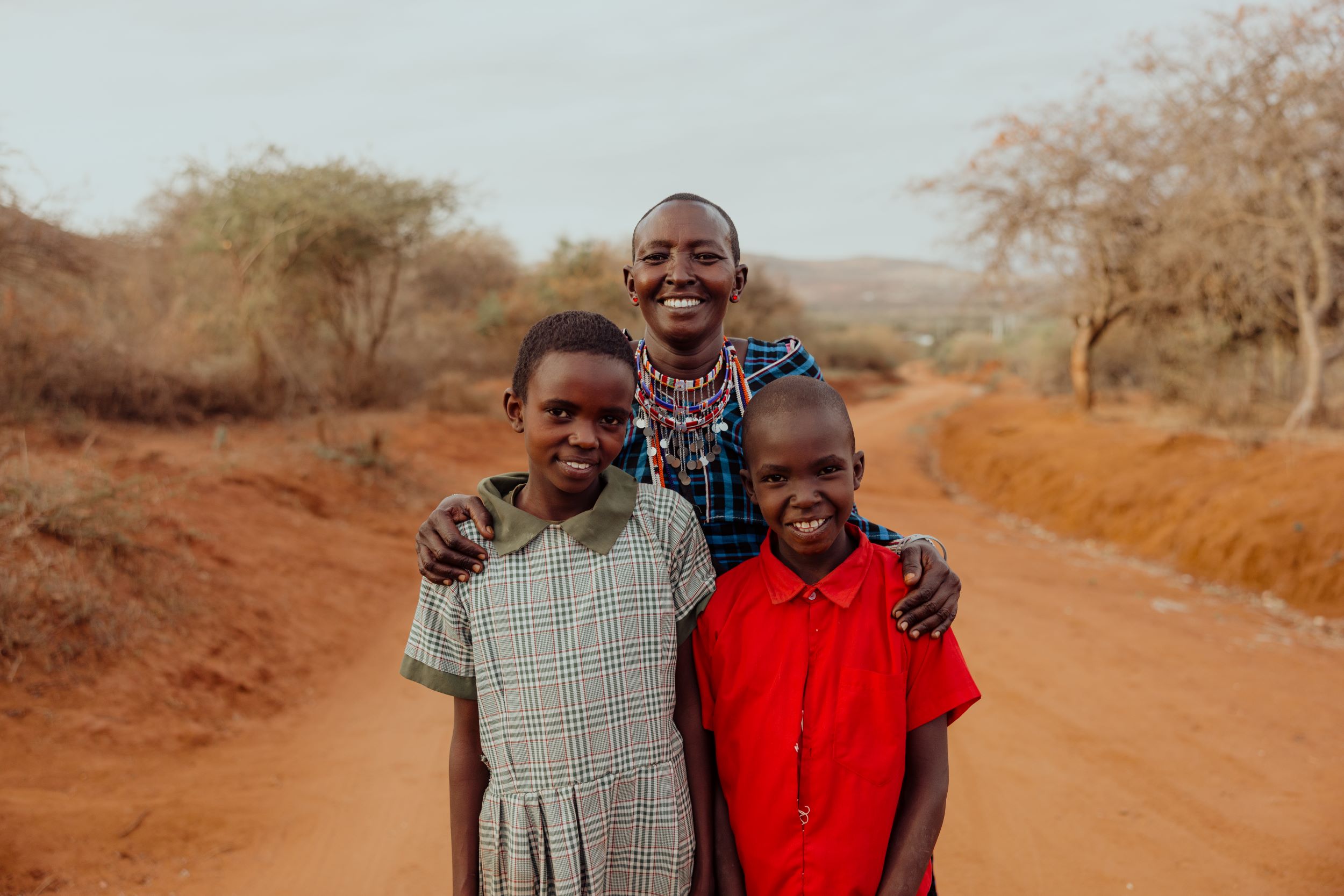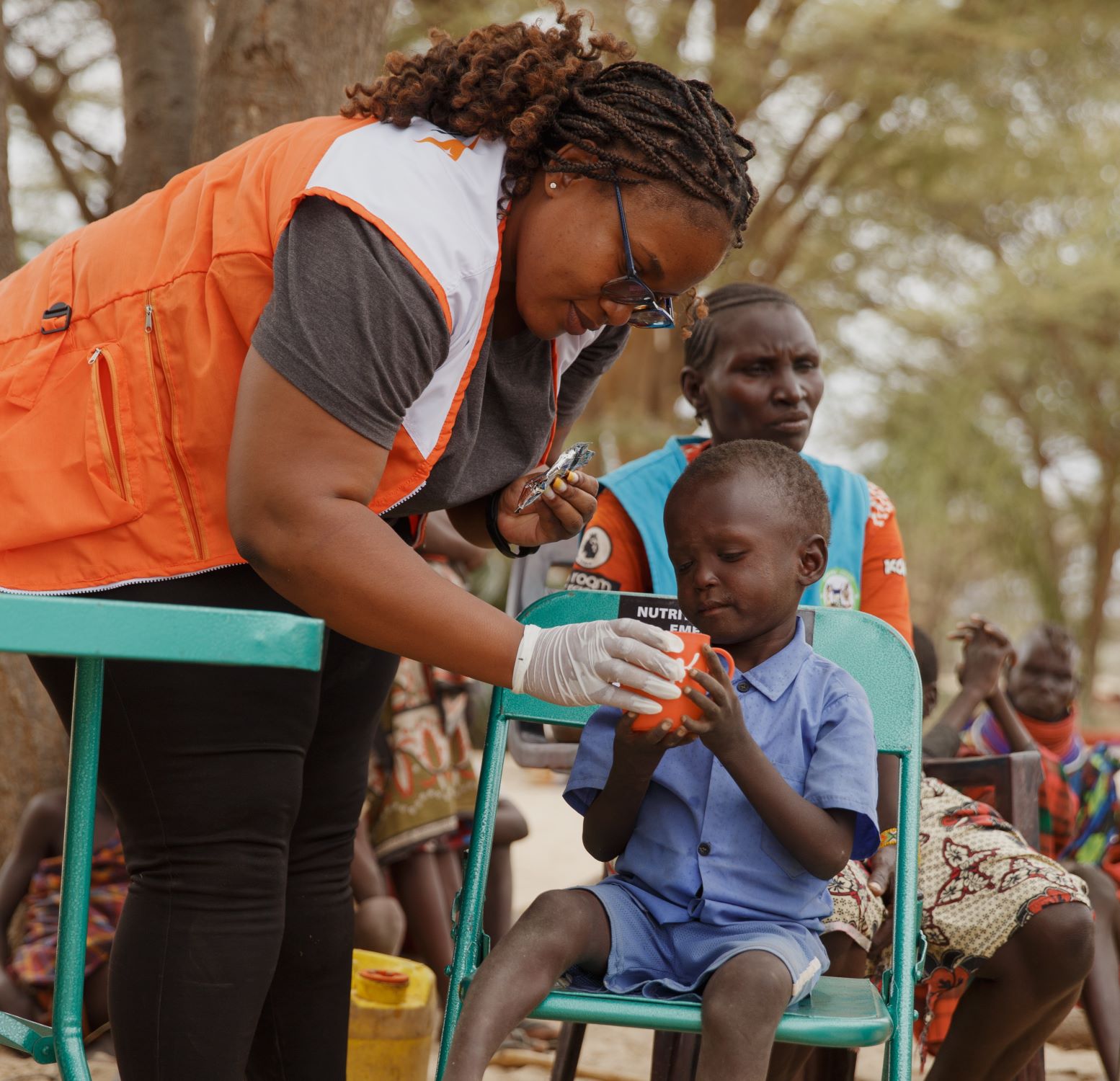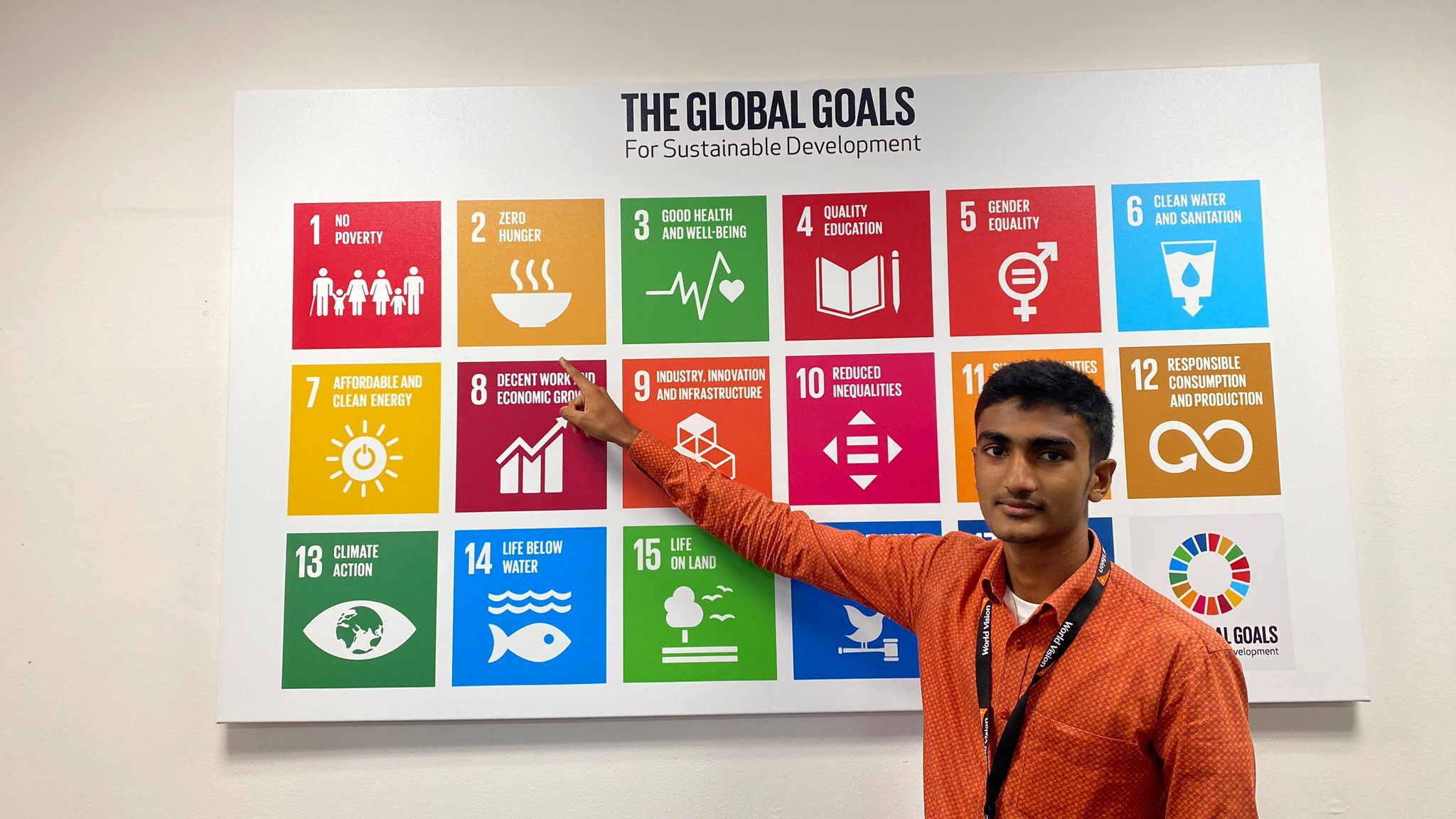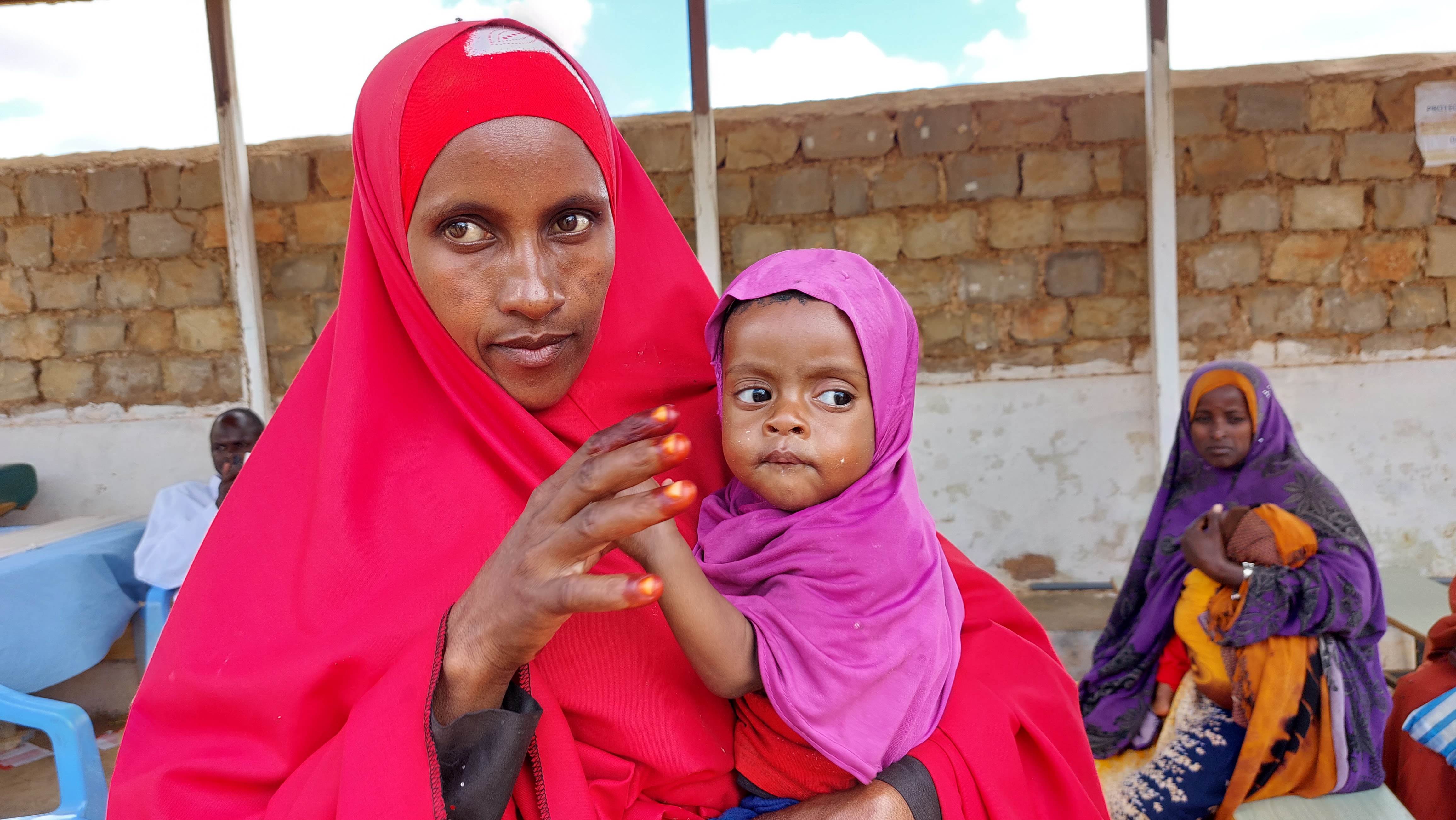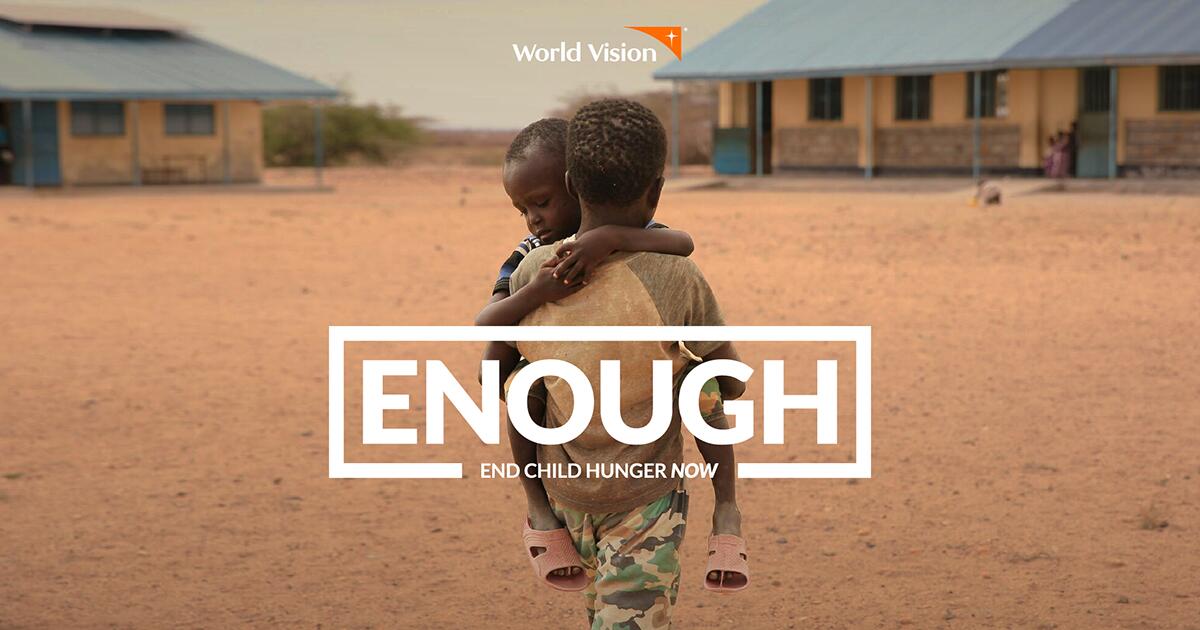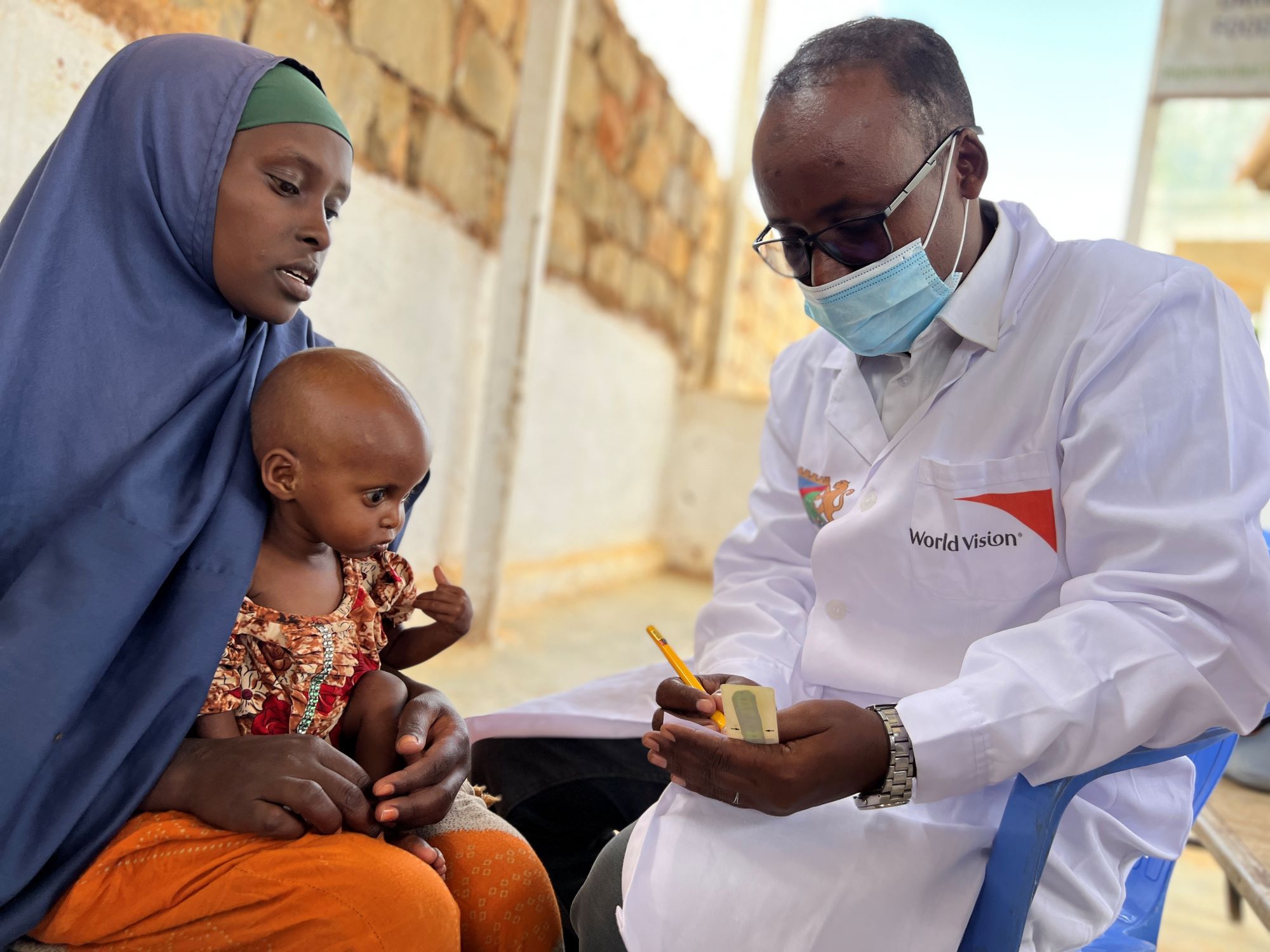Hungry families face desperate choices to survive, like selling animals which reverses the gains families had made to escape poverty. In extreme cases, families may also enter their daughters into early marriage. This means one less mouth to feed and more income to feed the rest of the family. Parents hope that their girls will be better provided for. But many girls who end up in this situation suffer abuse, exploitation and are refused an education, damaging their future lives and wellbeing Other children may be forced to beg, to work in dangerous jobs, or even to join insurgent groups as child soldiers, gaining food in return for taking up arms.
85% of forcibly displaced families are unable to afford enough and nutritious food to meet their daily nutrition needs.
Current child hunger statistics show that tens of thousands of children could starve to death without urgent food aid. We also know that poor nutrition in the first 1,000 days of a girl or boy’s life leads to poor brain development, permanently impaired mental function and lower IQs. Young children are at increased risk of malnutrition due to lack of enough nutritious food and nutrition services. A severely wasted (malnourished) child is 11 times at risk of death than a well-nourished child.
The deaths of children are preventable, if we act now.

